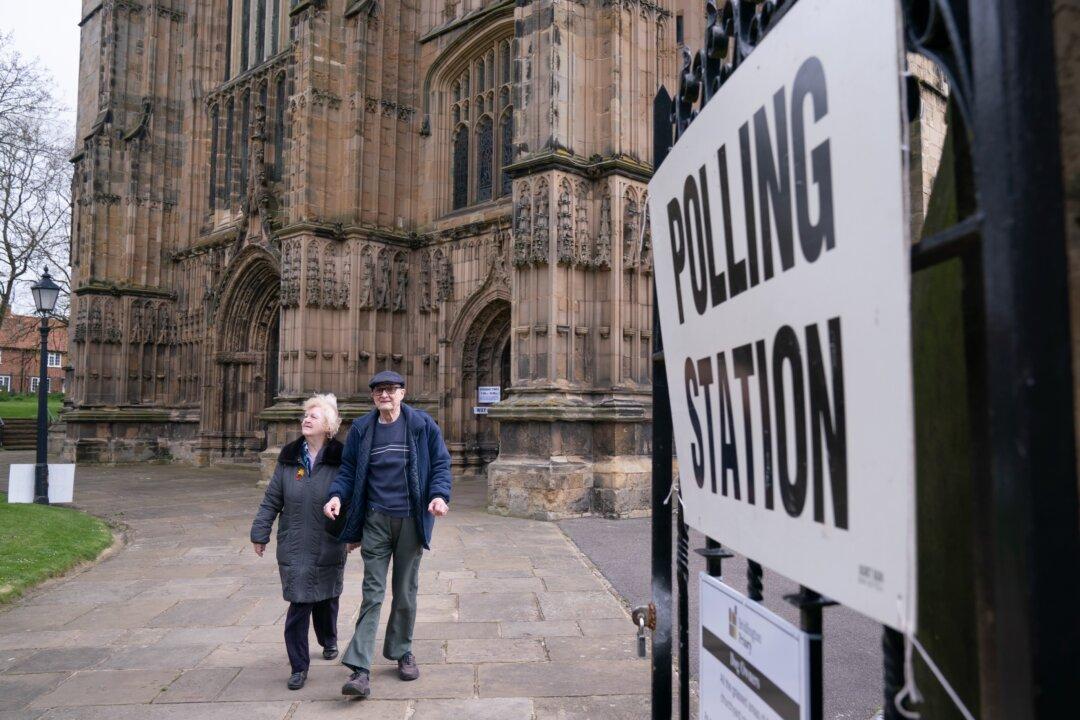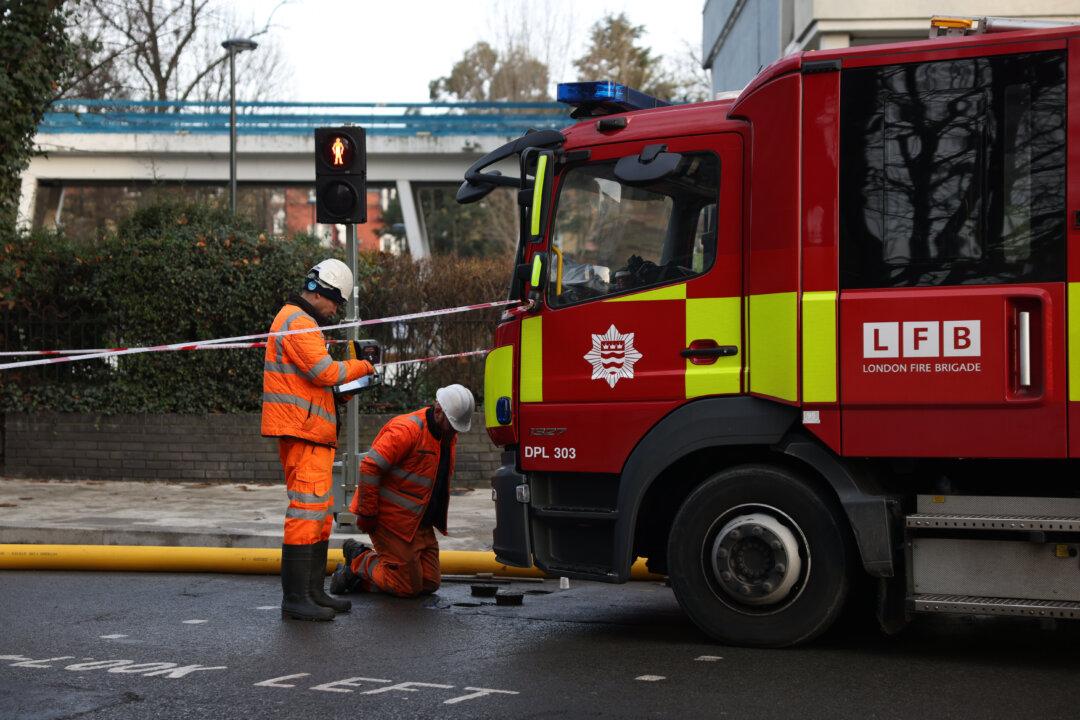About 0.25 percent of voters who went to a polling station in the May local elections were not able to vote as a result of the new photo ID requirement, the Electoral Commission has said.
Under the Elections Bill passed in April 2022, those turning up at polling stations must show a valid photo ID before being given a voting slip. The requirement was put into practice for the first time in England’s local elections on May 4.





